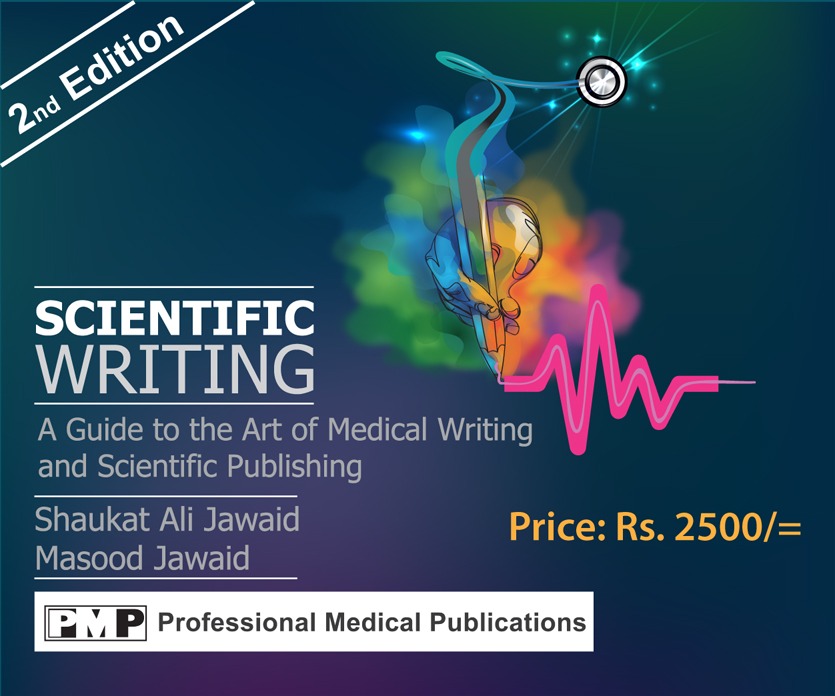Treatment of retinal degenerations
Drug repurposing shows promise in the treatment of retinal degenerations, according to a new study by an international team of researchers, published in Nature Communications. A combination treatment incorporating three existing drugs – tamsulosin, metoprolol and bromocriptine – slowed disease progression in pre-clinical retinopathy models.
Drug repurposing refers to the use of existing drugs to treat diseases or conditions which they were not originally developed or approved for. The new study focused on drug repurposing in the context of inherited retinal degenerations, IRDs. IRDs are a group of genetic diseases that cause the deterioration of retinal anatomy and function, leading to gradual loss of vision and often blindness. Most IRDs are currently inaccessible therapeutically, comprising an unmet medical need for a substantial population worldwide.
Combination treatment of three drugs slowed disease progression
The researchers found that a combination treatment incorporating three drugs significantly slowed disease progression and decreased disease manifestation in four different animal models of IRD. The combination included the blood pressure and heart failure drug metoprolol, and tamsulosin, which is used for the treatment of benign prostatic hyperplasia, as well as the nowadays less commonly used Parkinson’s disease drug bromocriptine.
“In drug repurposing, it does not matter to which diseases or conditions the drugs were originally developed for, but it is the molecular-level effects of drugs, or pharmacology, that count,” says the article’s first-author Dr Henri Leinonen, currently Adjunct Professor of Neuropharmacology at the University of Eastern Finland, and previously Postdoctoral Researcher at the University of California, Irvine.
In retinal degenerations, intracellular secondary messengers such as cyclic adenosine monophosphate and calcium are believed to be overactive, exacerbating the disease. Metoprolol, tamsulosin and bromocriptine suppress the activity of these secondary messengers via their own distinct cell membrane-receptor actions.
“We hypothesised that the combined effect of these drugs would alleviate the disease, which it indeed did in several distinct animal models of IRDs. However, the efficacy and safety of this combination in humans with retinal degeneration is not guaranteed, and controlled clinical trials to test these are needed,” Dr Leinonen notes.
It is noteworthy that none of the drugs used in the study were effective against retinal degeneration on their own; instead, their combination was necessary for efficacy. According to Dr Leinonen, the same phenomenon may apply to many diseases that are currently untreatable, and especially in multifactorial diseases, effective treatment may require multiple drugs to be used simultaneously.
Drug repurposing could provide solutions for the treatment of rare diseases
Rare diseases, IRDs included, are seldom of major interest for the pharmaceutical industry due to a lack of economic incentives. However, drug repurposing, which is an active research topic in academia, is a promising method to find solutions for rare diseases that remain therapeutically inaccessible.
The most significant advantages of drug repurposing can be found in faster drug development times and lower costs. Since repurposed drugs have already undergone several mandatory safety tests and early stages of clinical trials, their market entry is considerably faster and cheaper than that of completely new drugs. Drug safety is also an important aspect, as the relative safety of repurposed drugs compared to a completely new chemical reduces risks and uncertainty, which is often considered the most critical point in the drug development process.
Ref. Leinonen, H., Zhang, J., Occelli, L.M. et al. A combination treatment based on drug repurposing demonstrates mutation-agnostic efficacy in pre-clinical retinopathy models. Nat Commun 15, 5943 (2024). https://doi.org/10.1038/s41467-024-50033-5



